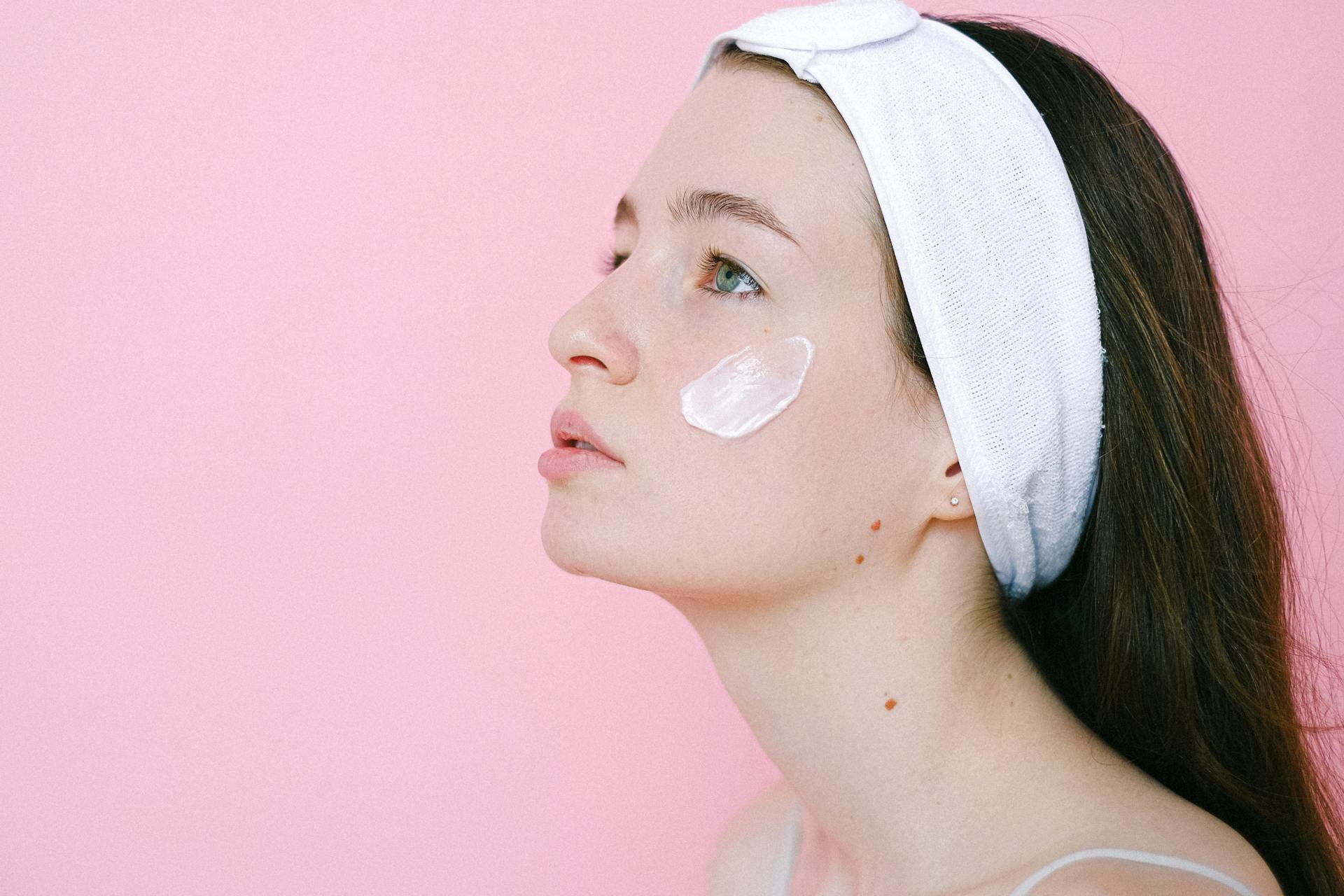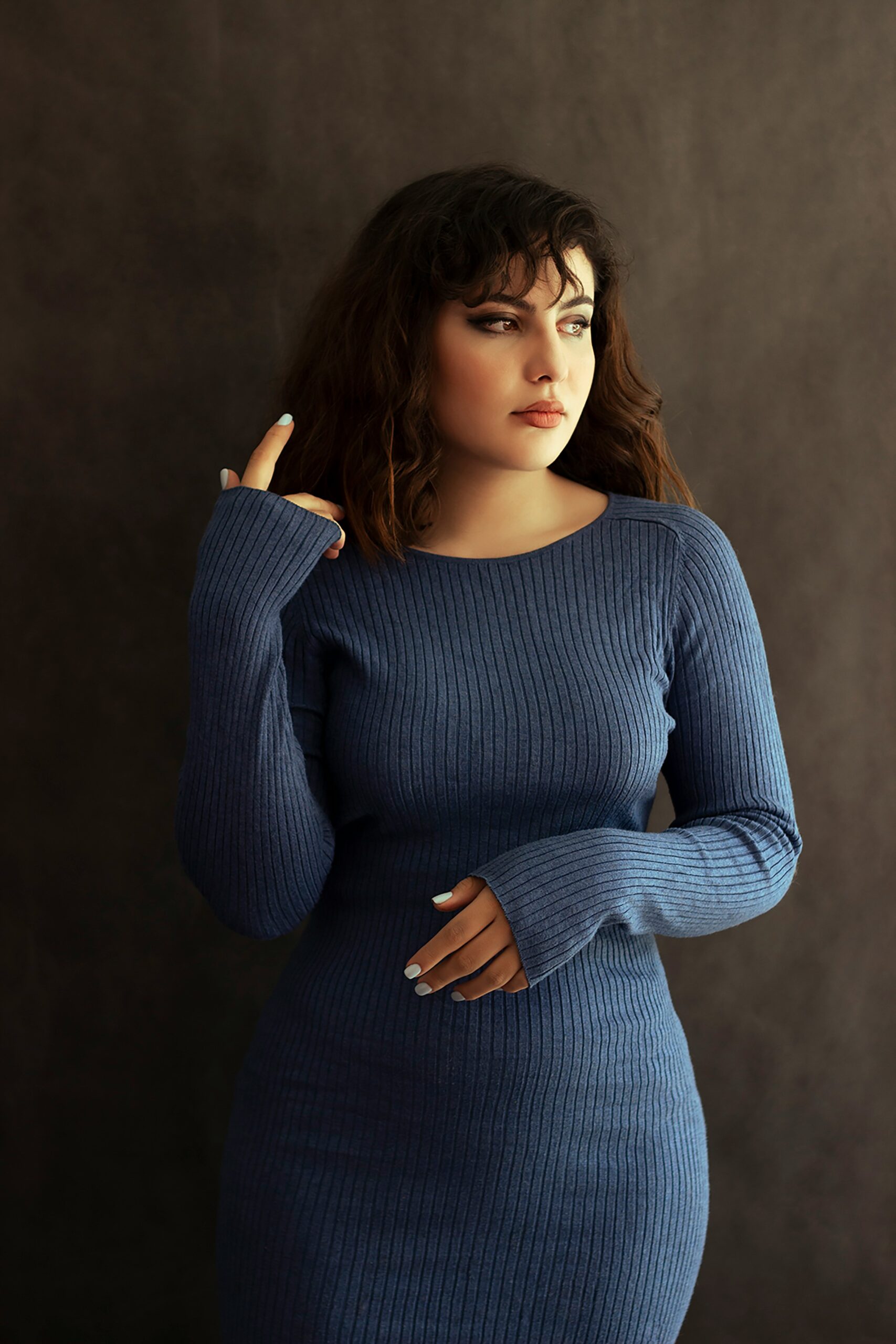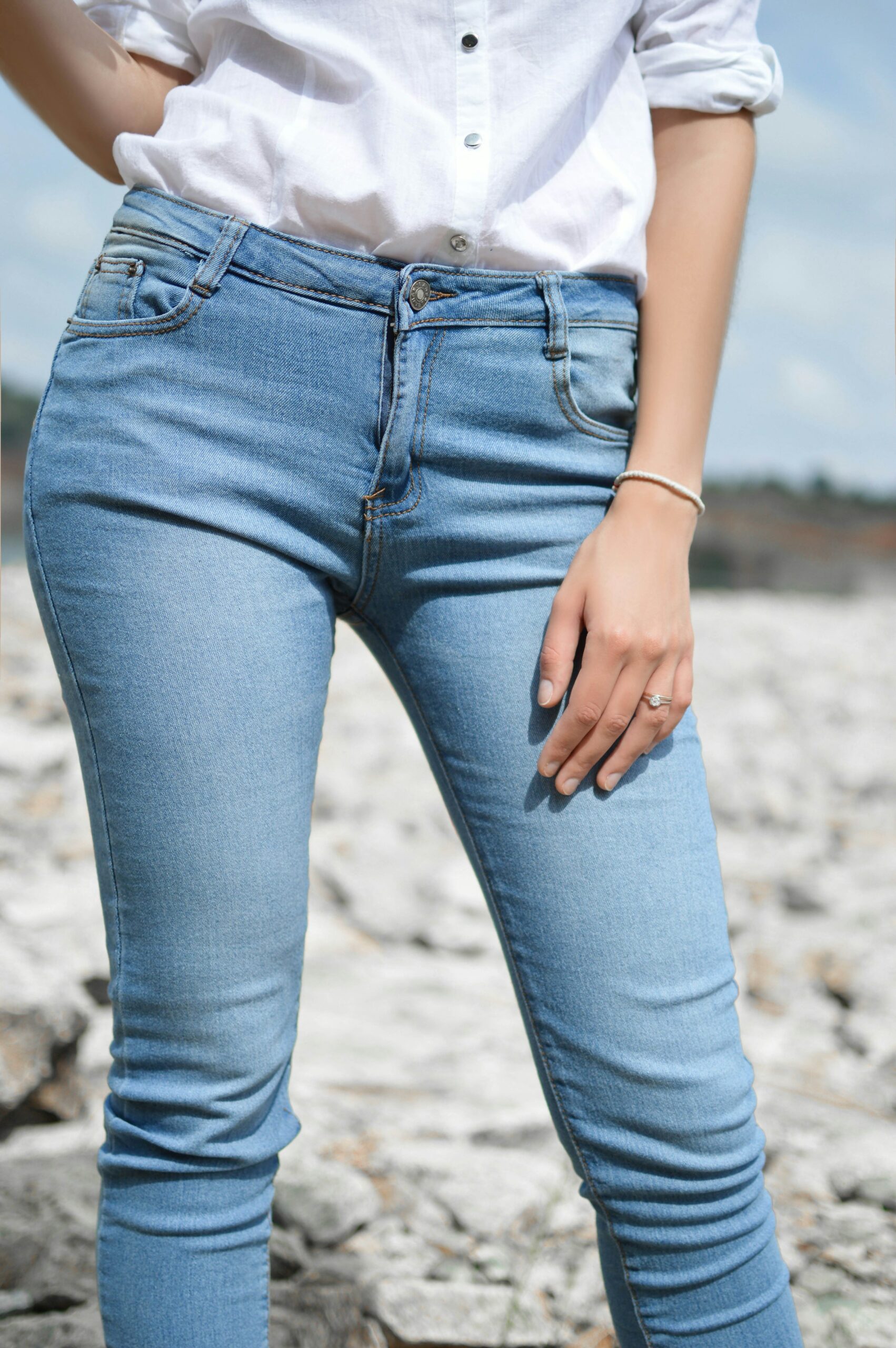
Have you ever noticed how a single branch in a vase can completely change the mood of a room? Pyntekvister is a Nordic decorating style that has been around for hundreds of years and goes well with modern minimalist design.
I remember seeing pyntekvister for the first time in a Scandinavian coffee shop. Instead of expensive bouquets, there were glass jars on the tables with slender branches, some painted white and some left natural. It made me realize that beauty doesn’t need much because it was so simple yet so beautiful.
So, what makes pyntekvister more than just a bunch of twigs? Let’s dive into its roots, why it’s trending again in 2025, and how you can use it to transform your own home.
What Is Pyntekvister?
Fundamentally, pyntekvister (pronounced pint-eh-kvis-ter) is Norwegian for “decorative branches.” However, the significance extends beyond mere ornamentation.
Nordic families have been celebrating nature’s cycles—spring growth, autumn harvests, or the peaceful stillness of winter—with branches for generations. They had meaning in addition to being purely decorative. According to folklore, some branches were thought to offer protection, strength, or good fortune.
Imagine Norway’s long, dark winters. To keep in touch with the changing seasons, people brought the forest—willow, alder, or birch branches—indoors. Even when everything outside was frozen, it was a way to sense the rhythm of nature.
Why Pyntekvister Feels So Right in 2025
It’s funny—what was once old is suddenly new again. Pyntekvister fits seamlessly into today’s biggest design movements:
- Biophilic design – that craving to bring the outdoors inside.
- Sustainability – branches are natural, reusable, and often foraged.
- Scandinavian minimalism – less clutter, more impact.
In a world overflowing with mass-produced décor, pyntekvister feels refreshing. It doesn’t try too hard. Each branch is unique—no two arrangements will ever be the same. That raw authenticity is exactly what modern homes are missing.
I’ve seen city dwellers in small apartments place a few painted branches in a tall vase, instantly adding height and drama to a room. Others rotate branches with the seasons—green budding twigs in spring, golden leaves in fall, frosted white in winter. It’s decoration that grows with you.
If you’re into ideas like this, you’d probably love exploring Prime Living Space—a great source for simple yet stylish ways to make your home feel more intentional.
Pyntekvister vs Artificial Plants
Let’s be real: fake plants have their place. They’re convenient and maintenance-free. But pyntekvister offers something artificial greenery simply can’t.
- Natural variety – Every branch has quirks, textures, and bends that make it one of a kind.
- Creative expression – You choose and style the branches yourself.
- Seasonal refresh – Unlike dusty fake plants, you can swap or repaint branches as the seasons change.
- Cultural connection – Each arrangement carries a bit of Nordic history and symbolism.
It’s the difference between hanging a poster print versus painting your own canvas. One is convenient, the other is personal.
Scandinavian Minimalism: The Perfect Backdrop
It would be impossible to discuss pyntekvister without mentioning Scandinavian minimalism. This design concept, which was inspired by the severe Nordic winters, emphasizes function, warmth, and lightness while eschewing extravagance.
Imagine brief winter days, snow accumulating outside, and people congregating in light-filled, clutter-free homes that are furnished with textiles, candles, and yes, branches. This is the core of the well-known Danish-Norwegian idea of coziness and community, known as hygge.
Neutral colors, organic textures, and clever use of space are all carefully chosen components of a Scandinavian home. Pyntekvister is so effective because it adds movement and vitality without overpowering the space.
Different Shades of Nordic Minimalism
Even within Scandinavia, minimalism has flavors:
- Denmark – City apartments lean toward clean, urban minimalism.
- Sweden – Guided by lagom (“just enough”), designs focus on balance and sustainability.
- Norway – Designers blend tradition with innovation, often pulling inspiration directly from nature.
No matter the country, pyntekvister fits right in—bridging tradition with a modern sense of beauty.
Creative Ways to Decorate with Pyntekvister
This is the fun part—styling! Here are some ideas I’ve personally tried (and seen friends do too):
- In vases: Tall glass vases filled with bare branches make an instant statement. Paint them white or gold for a festive twist.
- As wall art: Tie branches with twine to create rustic patterns, or hang them as mobiles with ornaments or family photos.
- For holidays:
- Spring → budding blossoms & pastel ribbons
Autumn → dried leaves, pinecones, mini pumpkins
- Winter → silver spray paint, fairy lights, snowflake ornaments
- Spring → budding blossoms & pastel ribbons
- At events: Weddings with branch centerpieces look both elegant and budget-friendly.
You can also mix pyntekvister with evergreens, moss, berries, or dried flowers for richer textures.
Why Pyntekvister Still Matters
Minimalism has been defined in many ways—living with less, cutting clutter, focusing on essentials. But in Scandinavia, it’s not about empty spaces. It’s about making room for meaningful beauty.
And that’s where pyntekvister comes in. Each arrangement is a small act of mindfulness, a reminder of nature’s quiet beauty. It connects us to history, to tradition, and to the seasons we sometimes rush through too quickly.
So next time you’re tempted to buy another trendy décor piece, pause. Maybe the answer is already outside your door, waiting in the form of a simple, elegant branch.
Also Read : Peonies in Home Décor: Elegant Ways to Style These Timeless Blooms
Final Thoughts
Pyntekvister isn’t just about decorating—it’s about slowing down, reconnecting with nature, and embracing simplicity in a world that often feels too complicated. Whether you live in a Scandinavian cabin or a city apartment, these branches can bring warmth, balance, and character into your space.
I like to think of it this way: every pyntekvister arrangement tells a story. Sometimes it’s about tradition, sometimes about creativity—but always about beauty in simplicity.




